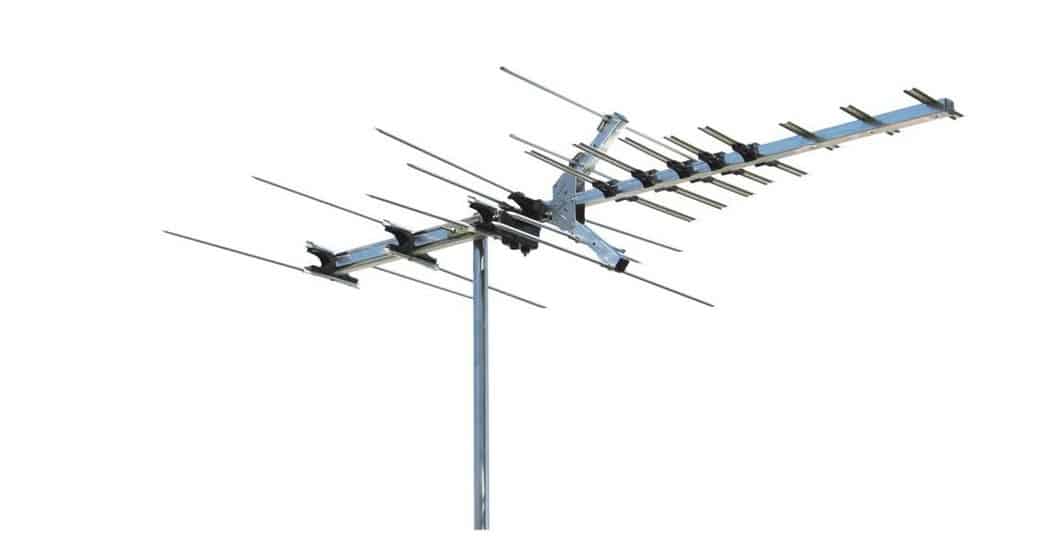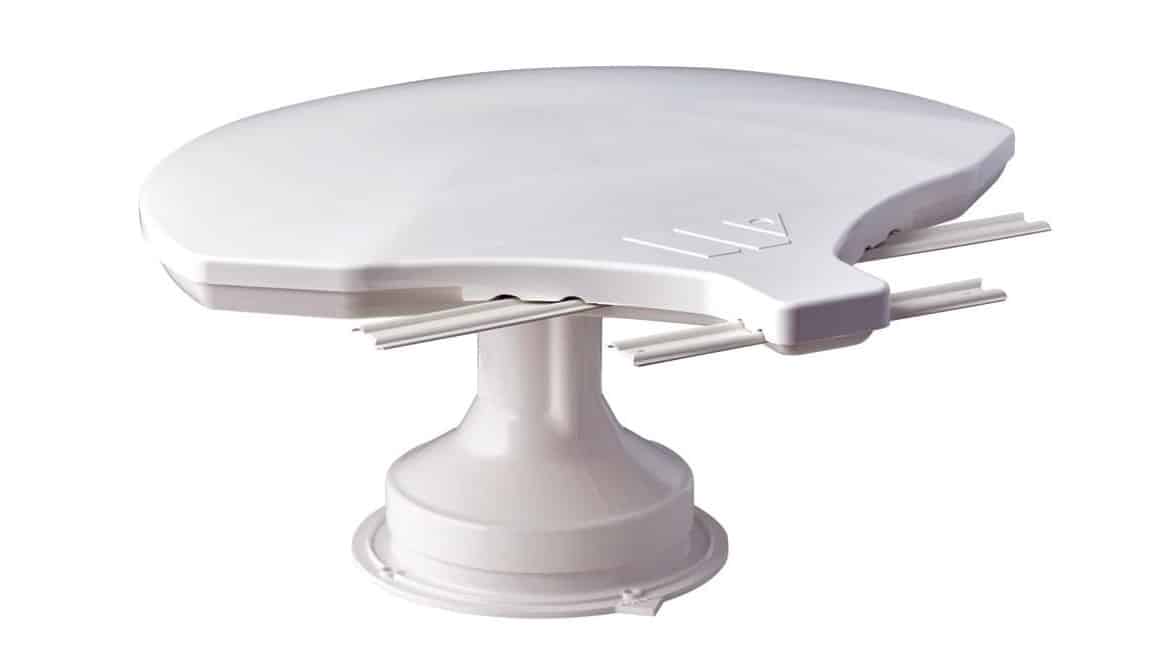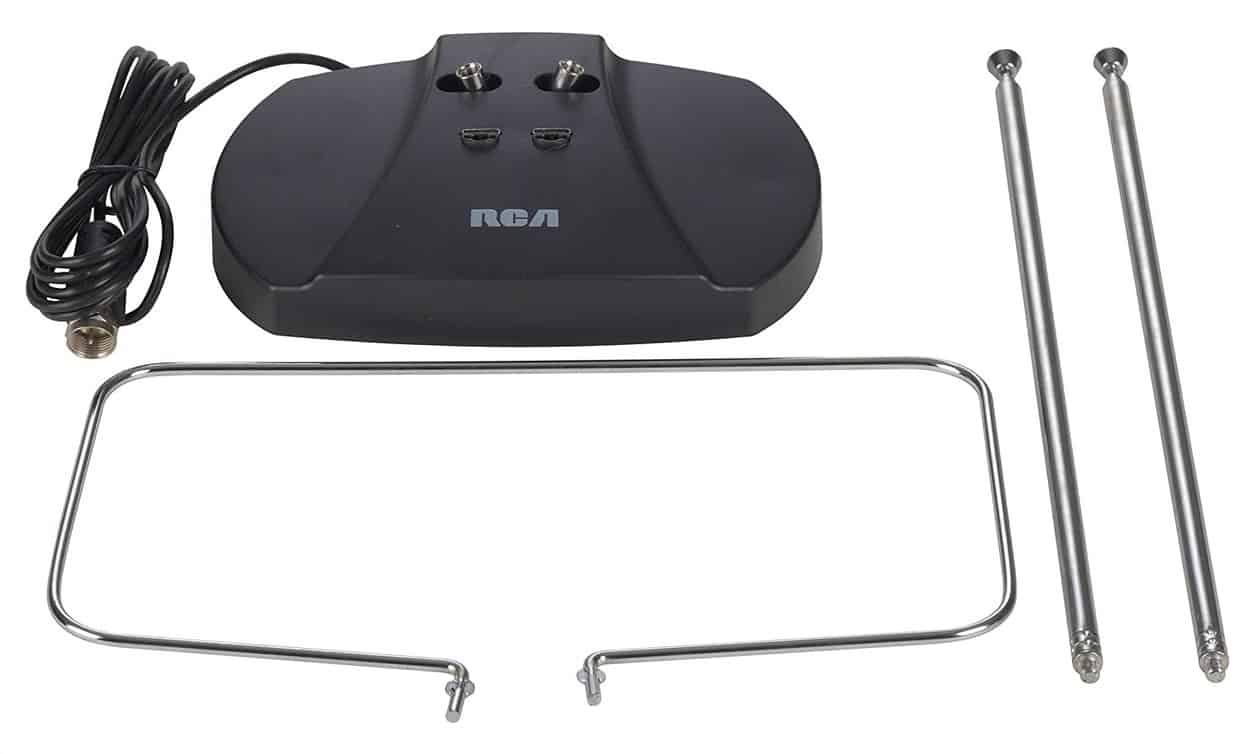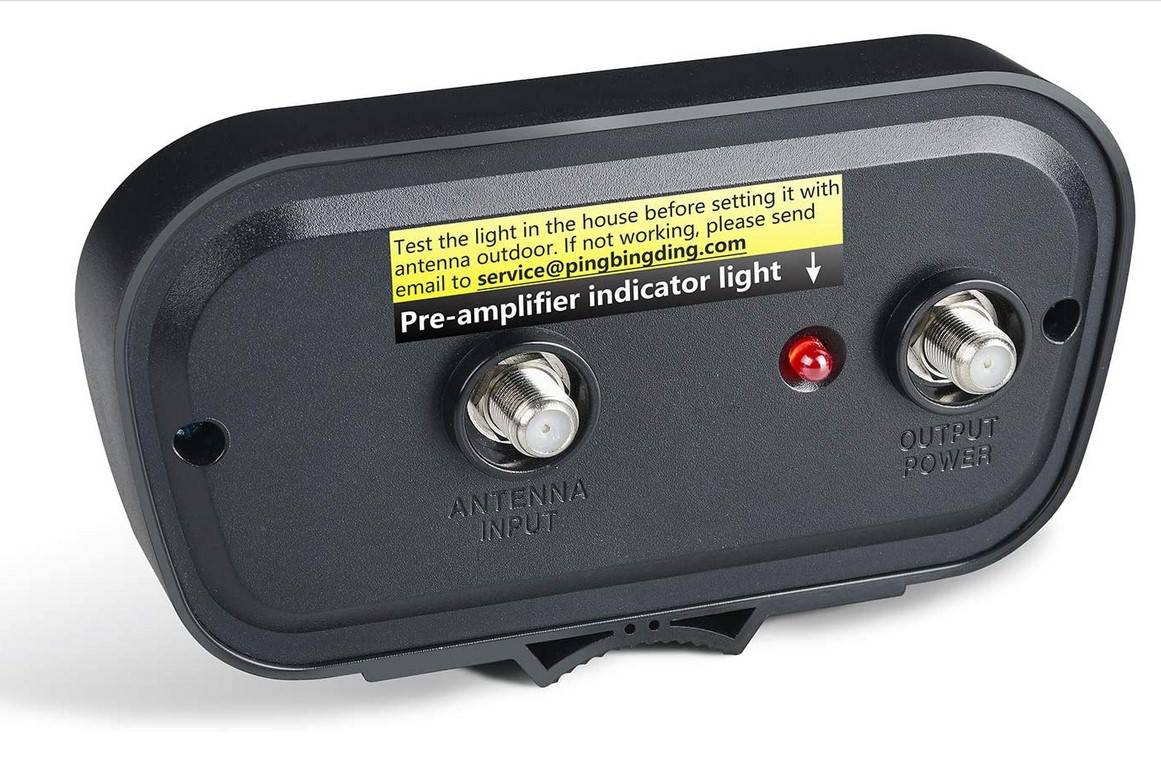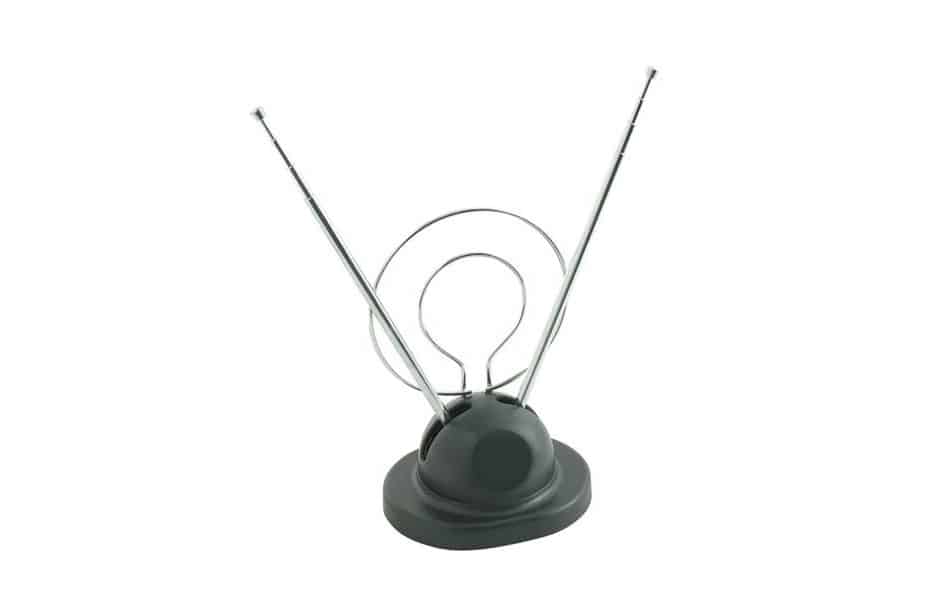The cathode ray tube (CRT) TV ruled the market in the 1990s, but newer technology took over shortly afterward. When liquid crystal display (LCD) TVs first came out, consumers had to choose between a CRT vs LCD TV. In more recent years, manufacturers halted the production of CRTs in favor of other technologies for the best TVs.
KEY TAKEAWAYS:
- LCD TVs are widely available, while CRTs are no longer made.
- CRT TVs cost less initially than LCD TVs, though these prices may have increased due to interest from the gaming community.
- You can safely store and use LCD TVs, while CRT TVs contain lead.
These newer options feature different power consumption, availability, size, and clarity. They’re also safer, as CRT TVs include lead, which the EPA classifies as hazardous waste under the Resource Conservation and Recovery Act (RCRA.) For a cinematic experience, learn more about using a conference room TV vs a projector.
Comparing a Liquid Crystal TV vs a CRT TV
CRTs and LCDs each have their benefits. However, many viewers believe that the advantages of an LCD TV’s display technology outweigh the CRT model’s advantage in cost. Check out the differences between a curved TV vs a flat 4K model.
Insider Tip
LCD TVs are thinner and can be mounted on the wall or set on a table.
Cost
CRT TVs cost less than LCD models, making them appealing to many customers. However, as these TVs have become less common, their price has increased. This difference is partly due to the spike in interest within the gaming community for the lower display lag and faster response times of the beam of electrons. However, CRTs use more power than their LCD counterparts, resulting in higher electricity costs per use.
In contrast, LCD displays feature easy-to-replace parts that are widely available. As a result, these parts may not require as much work to find, resulting in lower costs. Many consumers prefer LCD technology because of its lower energy use as well.
Size
Although many think of flat-panel displays as the primary option, CRTs have more physical depth than the standard LCD screen. The back stuck out more because of the tubing and electron guns used to produce the image on CRTs. These components also significantly impacted the weight of the appliance. The cathode ray tube display was also confined to smaller screen sizes, maxing out at about 40 inches.
LCD panels offer flatbacks, making them easier to mount on the wall or put flush against the wall on any size table. The update to liquid crystal displays, or plasma screens, expanded upon the flat-screen TV technology. This technology comes in a wide range of sizes, and some recent popular models have reached 85” across diagonally.
Safety
Cathode ray tube TVs contain toxic chemical lead within the funnel glass of the device. Because of this factor, cathode ray TVs have to be handled with care, recycled, and disposed of properly. Many CRT TVs have since been retired, but consumers should not keep units that are not in use or broken.
LCD TVs use completely different materials, none of which are considered toxic or hazardous. As a result, viewers can safely store broken and out-of-use LCD TVs. Additionally, you may find it easier to find a disposal company for your old TV with this modern display because your recycling company does not have to meet specific guidelines.
Availability
Companies no longer manufactured CRTs after 2010 because sales had tapered out. If you are in the market for a new cathode ray tube TV, you’ll need to find someone who is no longer using their CRT TV with an electron gun still capable of producing an electron beam.
Conversely, manufacturers produce LCD TVs in large numbers. These units are widely accepted as the favorite for modern houses, whether using LED backlighting or other technology. You can find many LCD models at any store offering televisions.
Warning
CRT TVs contain lead, so they must be disposed of and stored properly.
F.A.Q.S
What is a pixel?
A pixel represents a tiny dot on the screen, and each screen contains thousands of individual pixels or more that work together to create the picture across the entire screen. CRT TVs are more susceptible to burn-in due to a dead pixel or stuck pixels.
Is CRT vs LCD better for eyesight?
Some people consider LCD TVs easier on the eye, at least in terms of eye strain. However, the brightness of the LCD affects this, as does the distance from the TV. If you can see the individual pixels, you should move away from the screen.
Which is more energy efficient?
An LCD is more energy-efficient than a CRT TV, resulting in less electricity use and lower cost on your power bills.
STAT: If reuse or repair are not practical options, CRTs can be recycled. (source)
REFERENCES:
- https://www.epa.gov/hw/cathode-ray-tubes-crts-0
- https://www.geeksforgeeks.org/difference-between-crt-and-lcd/
- https://en.wikipedia.org/wiki/Large-screen_television_technology#:~:text=The%20diagonal%20screen%20size%20of,to%20create%20a%20viewable%20imager
- https://www.youtube.com/watch?v=hPsIewE1o3c
- https://www.youtube.com/watch?v=8vHhODorjaA

























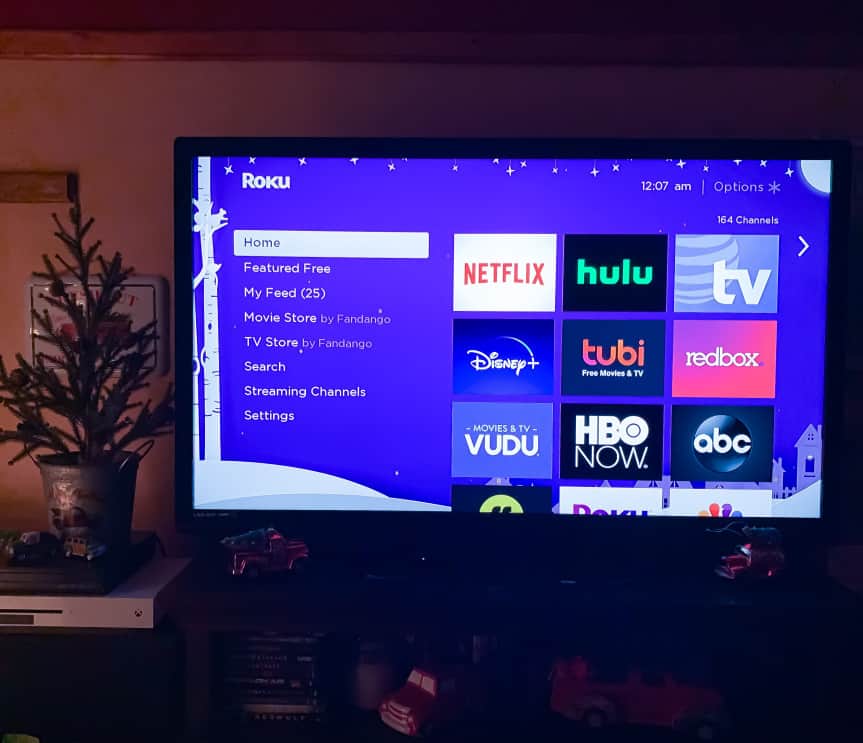





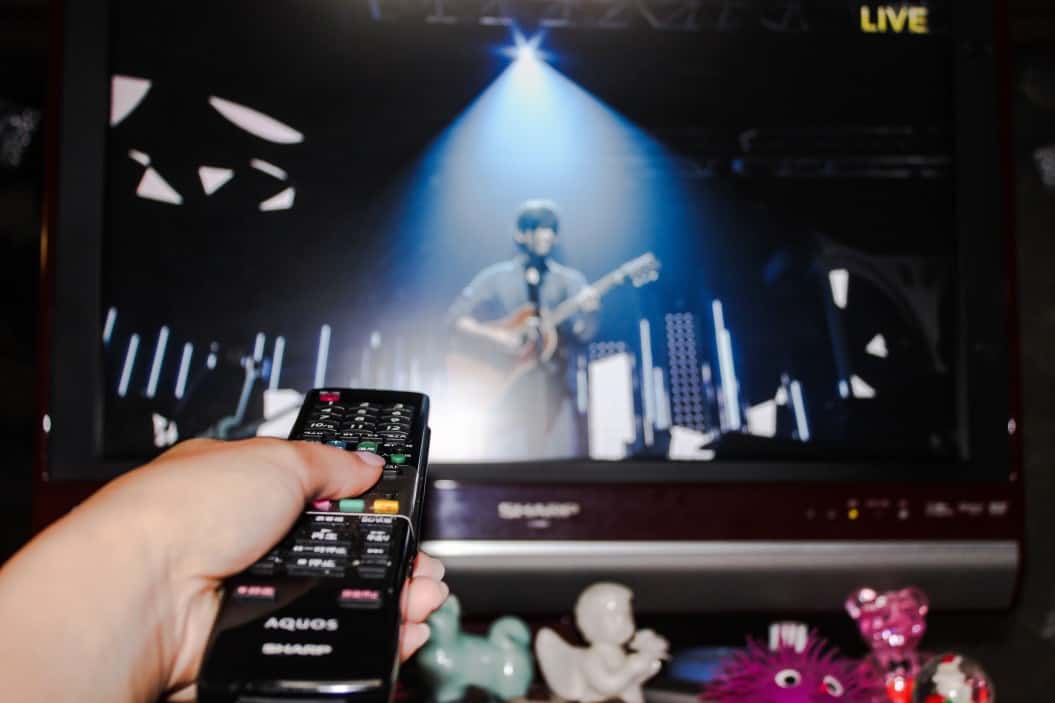

![Best Drones Under the Cost of Ferrari in [year] 25 Best Drones Under the Cost of Ferrari in 2025](https://www.gadgetreview.dev/wp-content/uploads/image-test-3.jpg)
![Best LEDs & LCDs in [year] ([month] Reviews) 26 Best LEDs & LCDs in 2025 (November Reviews)](https://www.gadgetreview.dev/wp-content/uploads/Samsung-UN65RU7100FXZA.jpg)
![Best Streaming Services in [year] ([month] Reviews) 27 Best Streaming Services in 2025 (November Reviews)](https://www.gadgetreview.dev/wp-content/uploads/netflix-750x422-1.png)
![Best Streaming Movie and Shows in [year] ([month] Reviews) 28 Best Streaming Movie and Shows in 2025 (November Reviews)](https://www.gadgetreview.dev/wp-content/uploads/Streaming-reviews.jpg)
![Best TVs in [year] ([month] Reviews) 29 Best TVs in 2025 (November Reviews)](https://www.gadgetreview.dev/wp-content/uploads/Sony-XBR55X810C-TV-1.jpg)
![Best Shows on Amazon in [year] ([month] Reviews) 30 Best Shows on Amazon in 2025 (November Reviews)](https://www.gadgetreview.dev/wp-content/uploads/The-Boys-750x474-1.jpg)
![Best Small TVs in [year] 31 Best Small TVs in 2025](https://www.gadgetreview.dev/wp-content/uploads/best-small-tv-image.jpg)
![Best 60 Inch TVs in [year] 32 Best 60 Inch TVs in 2025](https://www.gadgetreview.dev/wp-content/uploads/best-60-inch-tv-image.jpg)
![Best 50 Inch TVs in [year] 33 Best 50 Inch TVs in 2025](https://www.gadgetreview.dev/wp-content/uploads/best-50-inch-tv-imgr.jpg)
![Most Energy Efficient TVs in [year] 34 Most Energy Efficient TVs in 2025](https://www.gadgetreview.dev/wp-content/uploads/most-energy-efficient-tv-image.jpg)
![Best TVs for Apple TV in [year] 35 Best TVs for Apple TV in 2025](https://www.gadgetreview.dev/wp-content/uploads/best-tv-for-apple-tv-image.jpg)
![Best TV Antennas in [year] ([month] Reviews) 36 Best TV Antennas in 2025 (November Reviews)](https://www.gadgetreview.dev/wp-content/uploads/best-tv-antennas-image.jpg)
![Best Mitsubishi TVs in [year] 37 Best Mitsubishi TVs in 2025](https://www.gadgetreview.dev/wp-content/uploads/best-mitsubishi-tv-image.jpg)
![Best Smart TVs in [year] ([month] Reviews) 38 Best Smart TVs in 2025 (November Reviews)](https://www.gadgetreview.dev/wp-content/uploads/best-smart-tvs-image.jpg)
![Best Conference Room TVs in [year] 39 Best Conference Room TVs in 2025](https://www.gadgetreview.dev/wp-content/uploads/best-conference-room-tv-image.jpg)
![Best Dumb TVs in [year] 40 Best Dumb TVs in 2025](https://www.gadgetreview.dev/wp-content/uploads/best-dumb-tv-image.jpg)
![Best 80 inch TVs in [year] 41 Best 80 inch TVs in 2025](https://www.gadgetreview.dev/wp-content/uploads/best-80-inch-tv-image.jpg)
![Best Shows on Hulu in [year] ([month] Reviews) 42 Best Shows on Hulu in 2025 (November Reviews)](https://www.gadgetreview.dev/wp-content/uploads/The-Handmaids-Tale-750x422-1.jpg)











